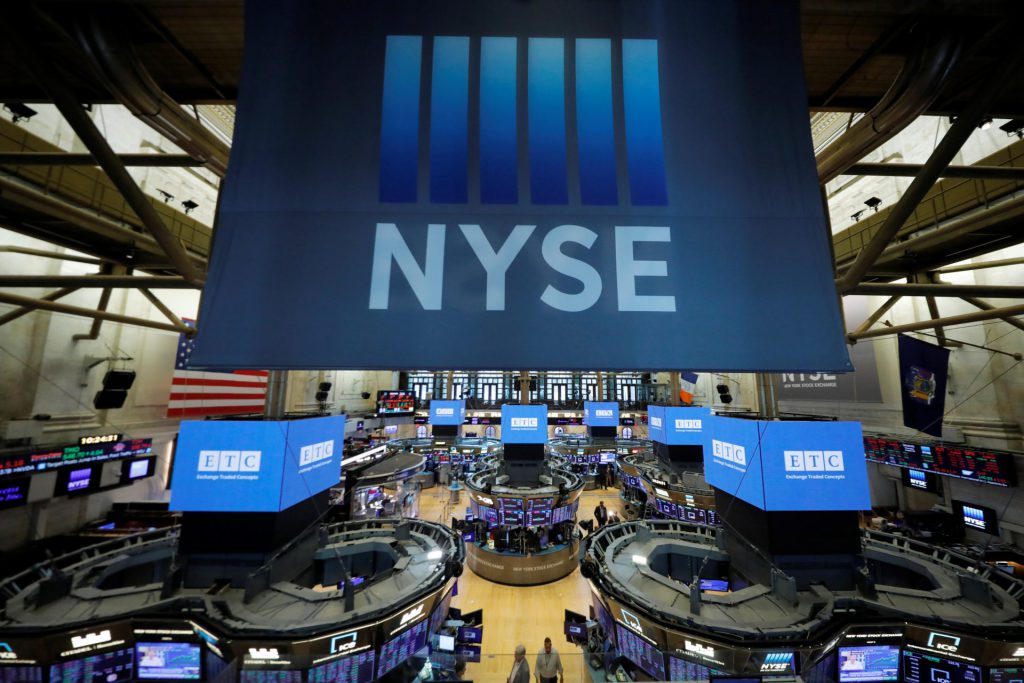Bank of America Sets $225 Price Target for Amazon (AMZN): Key Factors Behind the Bullish Outlook
Bank of America has issued a $225 price target for Amazon (AMZN), reflecting strong confidence in the company’s growth trajectory. Analysts cite robust e-commerce performance, expanding cloud services via AWS, and strategic investments in AI and logistics as primary drivers. The bullish stance aligns with Amazon’s consistent innovation and market dominance, positioning it favorably for long-term value creation. This target underscores Wall Street’s optimism amid evolving macroeconomic conditions.
 Source: Reuters / Andrew Kelly
Source: Reuters / Andrew Kelly
Amazon Gets New Price Target: What to Expect From Shares Amid Struggling Market
The state of the stock market continued to be concerning after it opened from a three-day weekend on Monday. Specifically, the Dow Jones Industrial Index dropped another 1,200 points to start the week. Meanwhile, the Nasdaq and S&P 500 both plummeted yet again.
With a US-China trade war on the horizon and a fragile economy eyeing a recession this year, things have become increasingly worrisome. However, that hasn’t stopped some Optimism for one of the biggest companies in the world. Indeed, Amazon (AMZN) has gotten a $225 target from Bank of America in a recent update.

Shares of Amazon dropped almost 4% on Monday, continuing a 15% drop over the last 30 days. Subsequently, it trades at $165, with the recent target giving it less than 50% upside. According to the bank, it has experienced performance issues relative to competitors Walmart (WMT) and Microsoft (MSFT).
However, they also noted that the company has strong fundamentals currently. Specifically, it is sporting a revenue growth of more than 11%. Moreover, it has shown strong prospects in AI growth, with its Amazon Web Services (AWS) cloud computing business still thriving.
Currently, Amazon shares have a median price target of $260, showing the bank is more bearish on the company than its peers. However, it has a low-end projection of $200 for the next 12 months, which is still up 20% from its current position. Yet, it would represent a severe underperformance of the share relative to the company’s output and potential.

